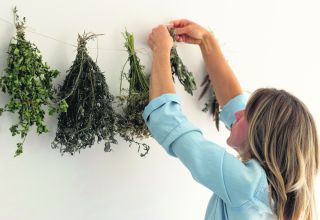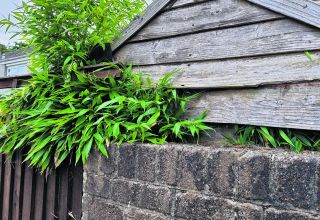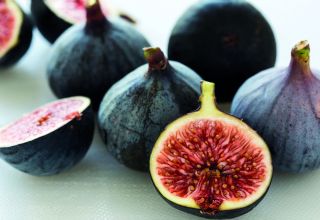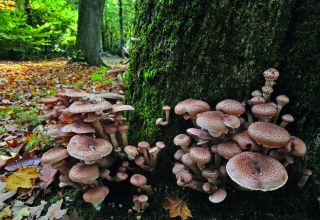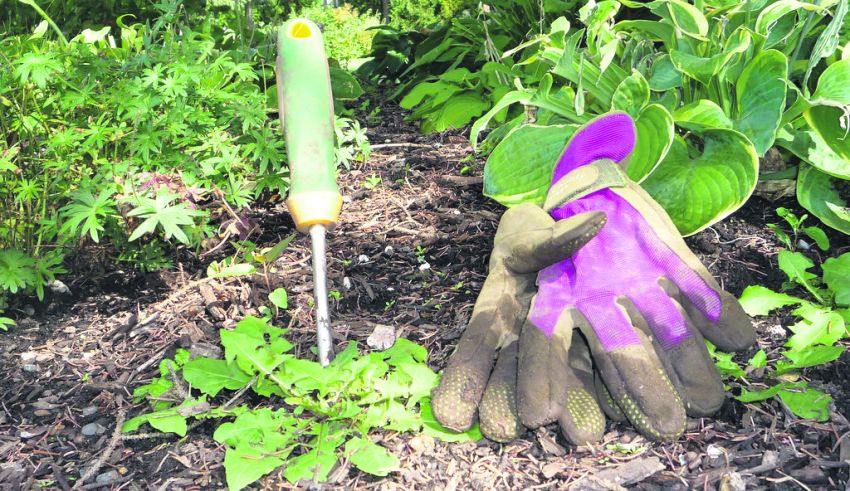
Tackle weeds with energy and success in April and it will make a real difference to your new season in the garden.
Why does weeding have such a bad reputation?
Is it really the worst job in the garden?
There’s more than one way of looking at the whole thing. Perhaps one of the more inspiring is to remind yourself that weeding is not just about making your garden look good and neat. It is more importantly perhaps about improving the conditions for the plants you want to keep being able to thrive.
In April timing is everything.
Things really start to pick up pace in the garden and those nettles you noticed way back at the end of February are starting to make tentative appearances and are now in full growing mode.
If you can get on top of the weeds during April, you will spend the summer a lot happier in the garden.
Most weeds are easiest to move when they are young as the roots have not yet taken hold. It is also a good idea to catch the weeds before they move to seed and start to seed all over the garden.
Don’t be put off if weeds take over areas in the garden from time to time. Certain weeds will flourish depending on the weather and soil conditions and you can tackle these weeds in different ways, based on how they grow.
Some are annuals, such as hairy bittercress and chickweed, and have a one-year lifecycle that ends with them setting seeds for the next generation.
Others are perennials, like dandelions (having a lifecycle longer than one year).
Dislodge annual weeds by shallowly working the soil with a hoe but take care. If you hoe too deeply it may bring up ungerminated seeds to the surface.
Your hands alone are not the best tools for weeding.
Weeding is rarely a casual task to be done while walking by. You must stop and plan to weed – even if just for 15 minutes. Grab the right tool, a pair of gloves, and a bucket. Pick a three-square-foot plot and weed that. Go after the roots and ALL the vegetation. Fully remove the plant so that it doesn’t have a chance to grow back, dig its roots deeper, or set a bunch of seeds in motion.
All annual weeds will go through several seeding cycles in the spring in the race to make as many offspring as possible to keep their kind on the planet. Your job is to weed before these prolific plants go to seed. Ideally, before they even flower.
All plants will set flowers and then those flowers will ripen to seed. The minute you see a weed in flower, you know you are in trouble because seeds are right around the corner. There is an old farmer’s adage that goes, , “One year of seed gives seven years of weed.” That means when you let even one plant go to seed and deposit those seeds in the soil, you are essentially making a deposit in the bank — the seed bank.
Mother Nature’s soils are one of the most generous banks around. It will not allow those seeds to germinate all at once. Instead, only a measured amount will germinate at any one time. This ensures that more and more seeds can be deposited and more and more weeds can germinate over time. That soil can hold years and years and years of seed, so making further deposits only ensures that these weeds will come endlessly, year after year.
Just remember that no garden is weed free and they will keep coming – that’s all part of gardening.
Weeding is just something we have to do.
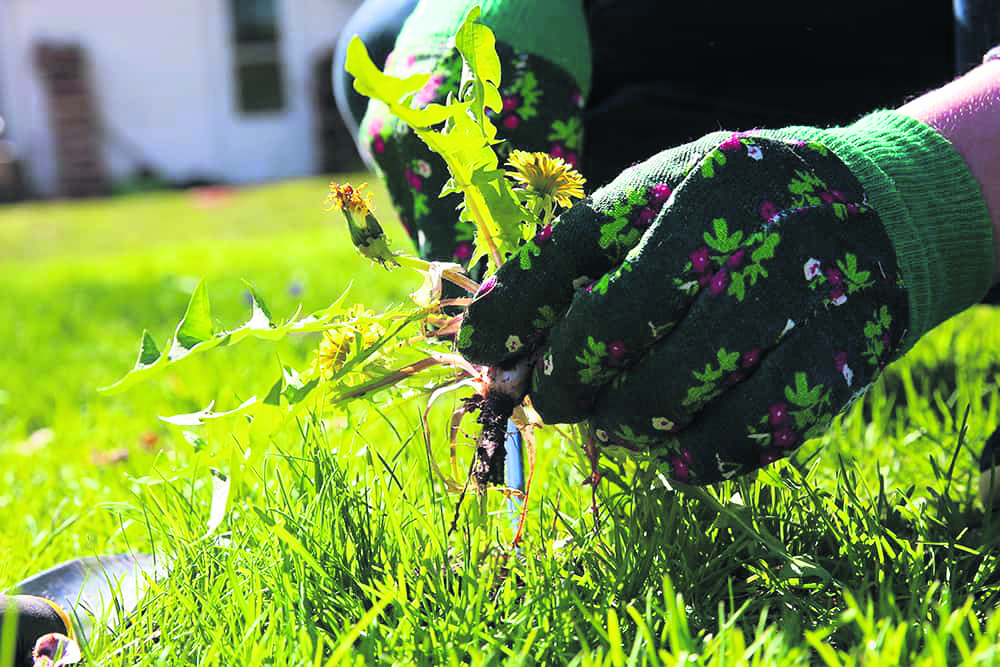
The key weeding skills
The longer weeds grow, the more they spread, and small weeds are much easier to remove than big ones. Pull them as soon as you spot them growing and you’ll save yourself a lot of time and effort
Adding insult to injury, some weeds such as thistle and brambles have prickles. Some weeds such as stinging nettle and poison ivy may cause skin irritation. Avoid painful punctures and rashes, especially when working with unfamiliar plants, by always wearing protective gloves while weeding.
For annual weeds, such as chickweed, purslane, and lamb’s quarters, cut off the weed at the soil line with a sharp hoe. Don’t dig too deep into the soil or you’ll bring up more weed seeds, resulting in more work for you.
Many weeds spread by producing tons of seeds, and those seeds often can survive in the soil for many years, just waiting for a little light and moisture to grow. When you’re weeding, keep this in mind so that you disturb the soil as little as possible. Applying a layer of mulch will also help prevent the weed seeds from seeing the light of day.
Know your enemy. Identifying the weeds in your garden can help you figure out the best strategy for controlling them.

